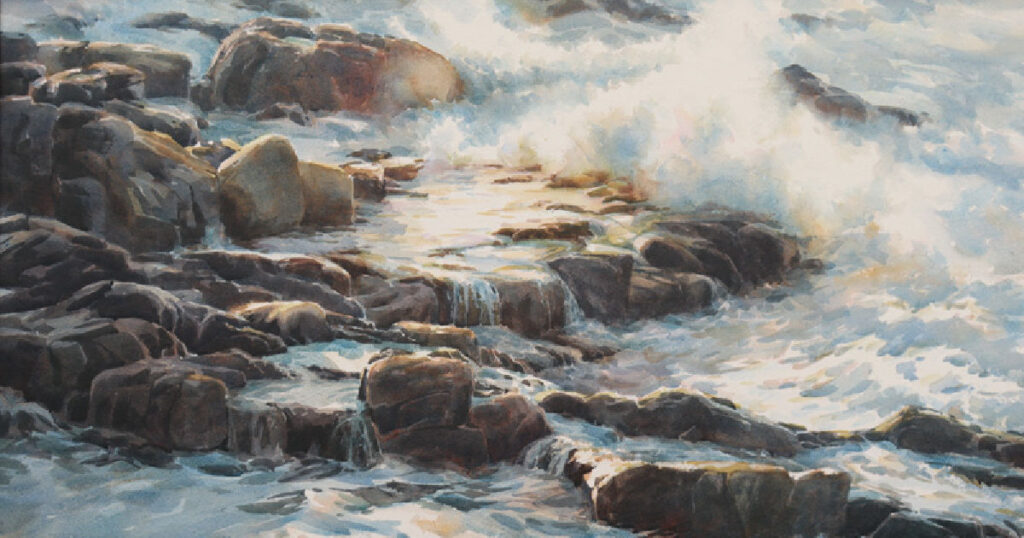Cure Your Portraits of Chiclet Teeth

Plus How to Fix Streaky Skin Tones in Colored Pencil Portraits
You know what I’m talking about. The dreaded Chiclet teeth, blights on an otherwise great portrait. You just can’t figure out how to de-cube those chompers and knock off their too-white gleam while you are at it. Even with a keen eye, it can be difficult to troubleshoot and fix your own colored pencil portraits. That’s where we swoop in to save you. All with the thanks to colored pencil expert Ann Kulberg. Soak up the proven tips, tricks and fixes that will transform your work from good to great.

Begone, Chiclet Teeth
Yes, you can always circumvent the need for the solution to this problem by just drawing the figures in your colored pencil portraits with closed mouths but where is the fun in that? Here’s how to bring your pearly whites down to size.
- Start with a dull pencil point. Using a sharp point is going to delineate the lines of the teeth too much — making them come into too sharp a focus.
- Don’t outline. It is better to give a soft overlay of color to dull down the shine of the white of your paper when drawing teeth. Use a very light touch and with teeth, less is definitely more.
- Add color to white or grey in order to give them life. Too often, artists build whites up with grey tones, which never looks natural and always seems a bit flat and lifeless. Adding even a hint of pastel to whites will add interest to them.
- Think ovoid, not square. Edges of teeth curve, so be sure not to box them out with hard edges.
Streaky, Patchy Skin Tones Disappear
A hazard of any drawing medium is an issue with blending. The medium doesn’t always lend itself to smooth, subtle transitions unless you keep these tips in mind.

- Do not lay down isolated strokes of color. Every time you put your pencil down, you should build up and then reduce the pressure as you stroke away from the section you are coloring.
- Streaking happens when blending doesn’t. And I mean blending, not burnishing — which is when none of your paper shows through. Your skin tones should be a series of light layered colors laid on top of each other.
- Go very lightly at first and turn your paper often so that your strokes create a net and not a series of lines.
Two Downloads to Get You Started
To get started or experiment further with your colored pencils right now, we want to provide you two free primers from Ann on scumbling with colored pencil and line work and burnishing.





Hi Sharon,
Apologies that this title is no longer available. We do, however, have several colored pencil products in our store if you are interested:
https://www.artistsnetwork.com/?s=colored+pencil#q=colored%20pencil&idx=artprd_magento_artistsnetwork_products&p=0&dFR%5Bmedia%5D%5B0%5D=Colored%20Pencil&is_v=1
Courtney why do you give a link to a book that is not available now? Colored Pencil Portraits would have been a great price for the digital edition except you don’t have it available now.
Hey John,
Thanks for pointing that out. I think it is the quality of this image. I will look to replace pronto.
The above example by Ann Kullberg is not a good example of blending. The flesh as the sides of the mouth down to the edges of the jaw is harsh as is the chin. This is a lazy choice of portrait…